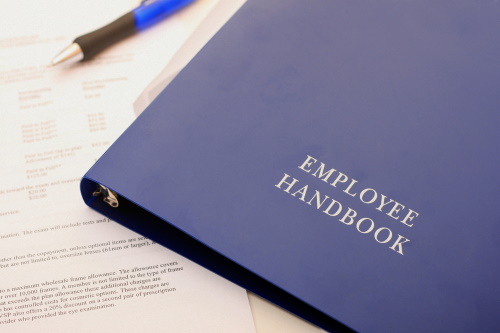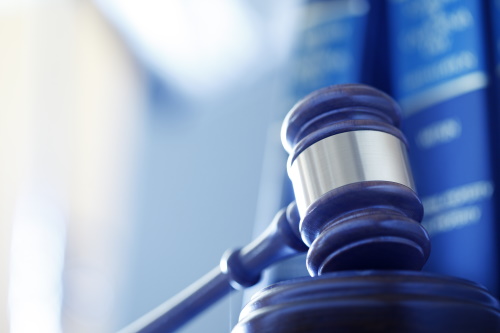Tactics: a mode of procedure for gaining advantage or success.
The use of tactics applies to any scenario in which one entity is opposed to another and is trying to gain the upper hand on an opponent. And, while no single tactic applies to all scenarios, there are some very effective ones that, if mastered, can significantly enhance the safety and effectiveness of air and ground units in most situations.
In all situations, maintaining tactical flexibility allows officers to shift gears quickly and effectively when something unexpected happens.
Getting Prepared
After aviation safety, officer safety is an aircrew’s first priority. As an aircrew, our tactics should reflect that. And, both air and ground units should have a clear understanding of how they’re going to work together.
The best way to accomplish this understanding is for ground units to ride with the aircrews, and for us to attend their pre-shift lineups and discuss issues associated with our common missions. This lets ground units put a face to the voice they hear on the radio, and helps build relationships.
Our tactical opponent, meanwhile, is anyone who commits or attempts to commit a crime and then tries to escape. There are three law enforcement responses to this opponent and their actions: prevention, detection and apprehension.
Prevention is difficult to measure in terms of success. But, we do know that the high-profile presence of a law enforcement helicopter can help prevent criminal activity — even if only on a short-term basis.
Detection and apprehension is where aircrews can excel. Our effectiveness here depends on factors we can control, including: tactics, technical proficiency, crew co-ordination, air/ground unit co-ordination, and law enforcement skills and judgment. Any shortfalls in these areas can negatively impact safety and effectiveness.
Most law enforcement helicopters are similarly equipped with thermal imagers (forward-looking infrared [FLIR]), searchlights, GPS mapping systems, stabilized binoculars and a variety of radios. Night vision goggles (NVGs) are also being used by an increasing number of agencies, but, while they have some tactical uses, they primarily increase situational awareness (aviation safety).
Having technology available is only one part of the equation; its effective use is the other. This begins long before we arrive at a call, with ***Preparation H (Preparation Helicopter)***, which ensures our equipment is ready to use and that we’re proficient in its use. It means we turn the FLIR on well before it is needed, or practice with it before we get into a real-world scenario. That preparation can make the difference between a suspect escaping and getting caught.



